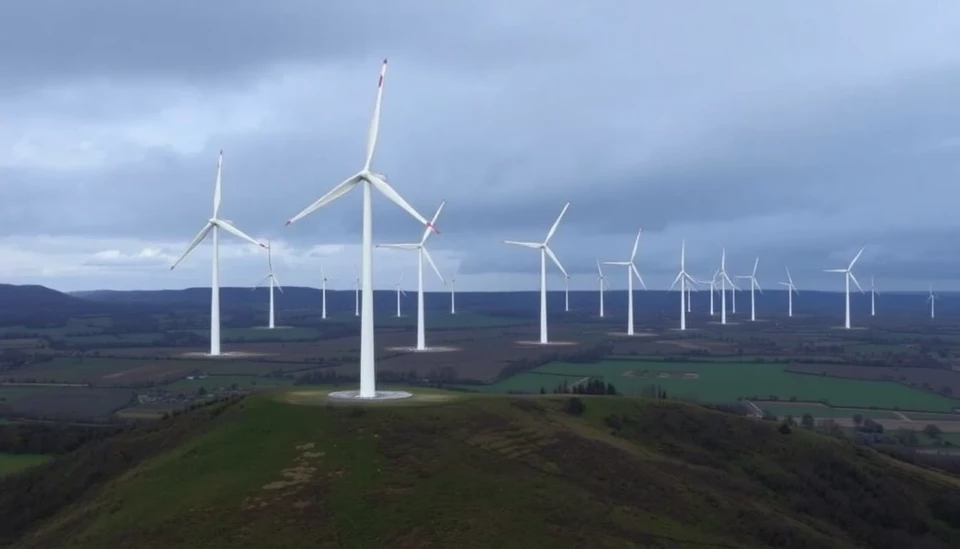
In an unexpected twist of weather conditions, high winds and severe storms have prompted a series of shutdowns at wind farms across the United Kingdom, resulting in a noticeable spike in electricity prices. The latest reports indicate that as some of the nation’s largest wind power generators halted operations, the already stressed power grid felt the strain, giving rise to concerns about energy reliability during critical winter months.
The recent meteorological events have been described as unusually severe for this time of year, causing disruptions not only to renewable energy sources but also to other forms of power generation. As wind farms were rendered inactive due to safety concerns, the UK had to rely more heavily on fossil fuel sources, pushing the electricity prices to alarming levels. In some regions, prices surged over 100 pounds per megawatt-hour, a stark contrast to typical figures observed in previous months.
Industry experts emphasize the growing need for a diversified energy portfolio to mitigate risks associated with reliance on renewable energy sources. As climate change leads to more extreme weather patterns, the pressure grows on the UK to enhance its energy infrastructure and develop backup systems capable of compensating when wind energy generation falters.
Furthermore, National Grid's electricity system operator confirmed that the situation has necessitated careful management of the grid in order to maintain stability. The sudden drop in available renewable power combined with a spike in demand during winter increases the urgency for the UK to address these dependency issues. Stakeholders from the energy sector are advocating for further investments in energy storage technologies and alternative energy solutions as a proactive measure to counter such challenges in the future.
The ramifications of the storm's impact stretch beyond immediate pricing effects. The UK government faces renewed scrutiny regarding its energy policies and the progress toward a net-zero emissions target by 2050. Critics argue that while the transition to renewable energy is crucial, the current infrastructure may not be robust enough to handle large fluctuations caused by environmental factors.
Analysts predict that the evolving energy landscape might lead to increases in electricity trading costs and volatility as the supply-demand balance fluctuates more frequently. Electricity users, both residential and commercial, could see these changes reflected in their monthly bills, leading to potential public dissatisfaction if incidents like these become more common.
In conclusion, the situation serves as a wakeup call for energy suppliers and policymakers alike to reconsider strategies for energy sustainability and reliability in the face of an unpredictable climate. As storms and extreme weather become a fixture of energy generation planning, finding immediate and long-term solutions is imperative in securing the UK's future energy needs.
#UKWindFarms #ElectricityPrices #EnergyCrisis #RenewableEnergy #StormImpact #NationalGrid
Author: Megan Clarke




